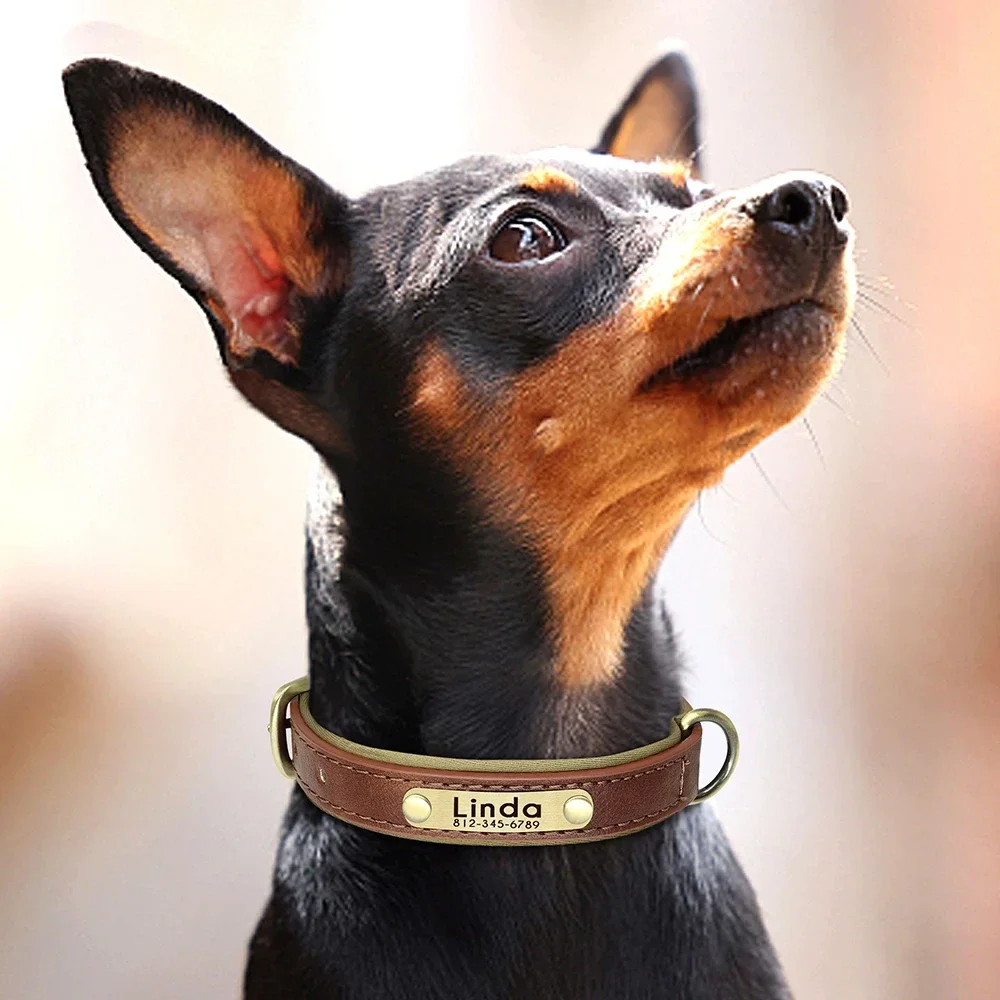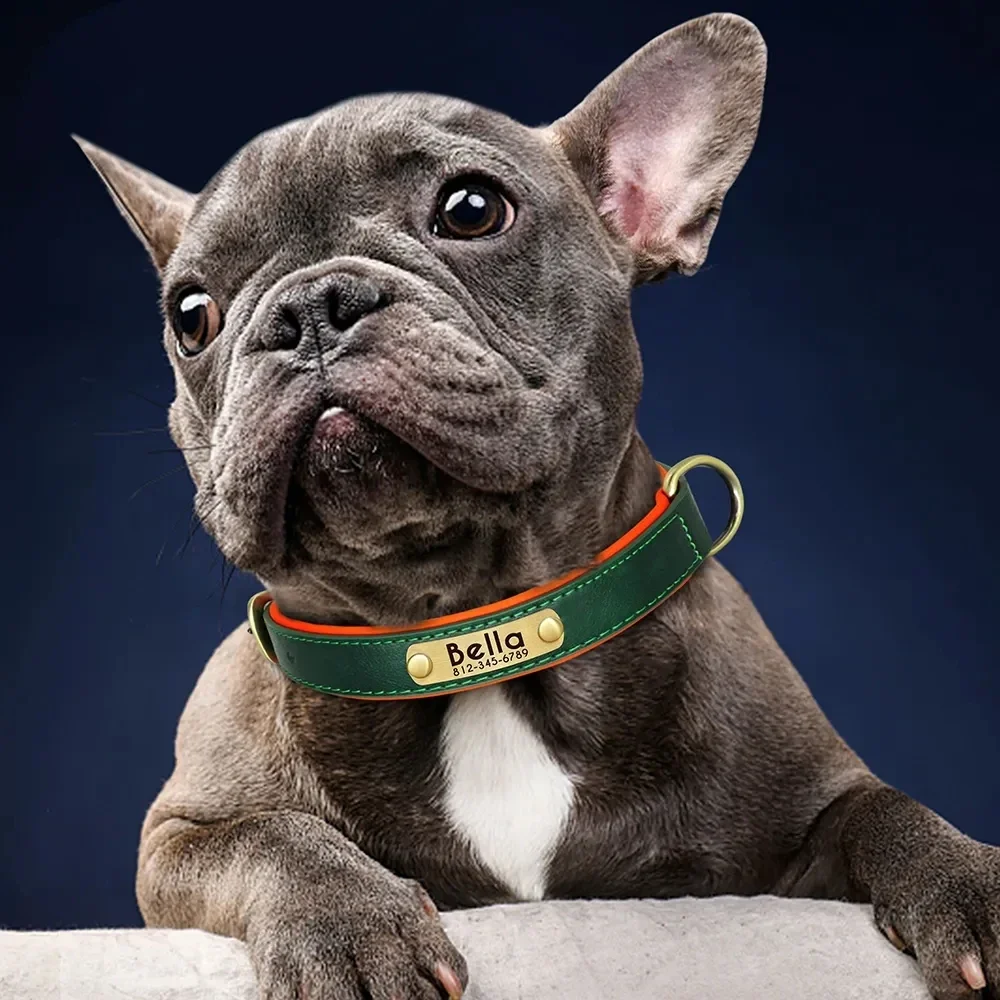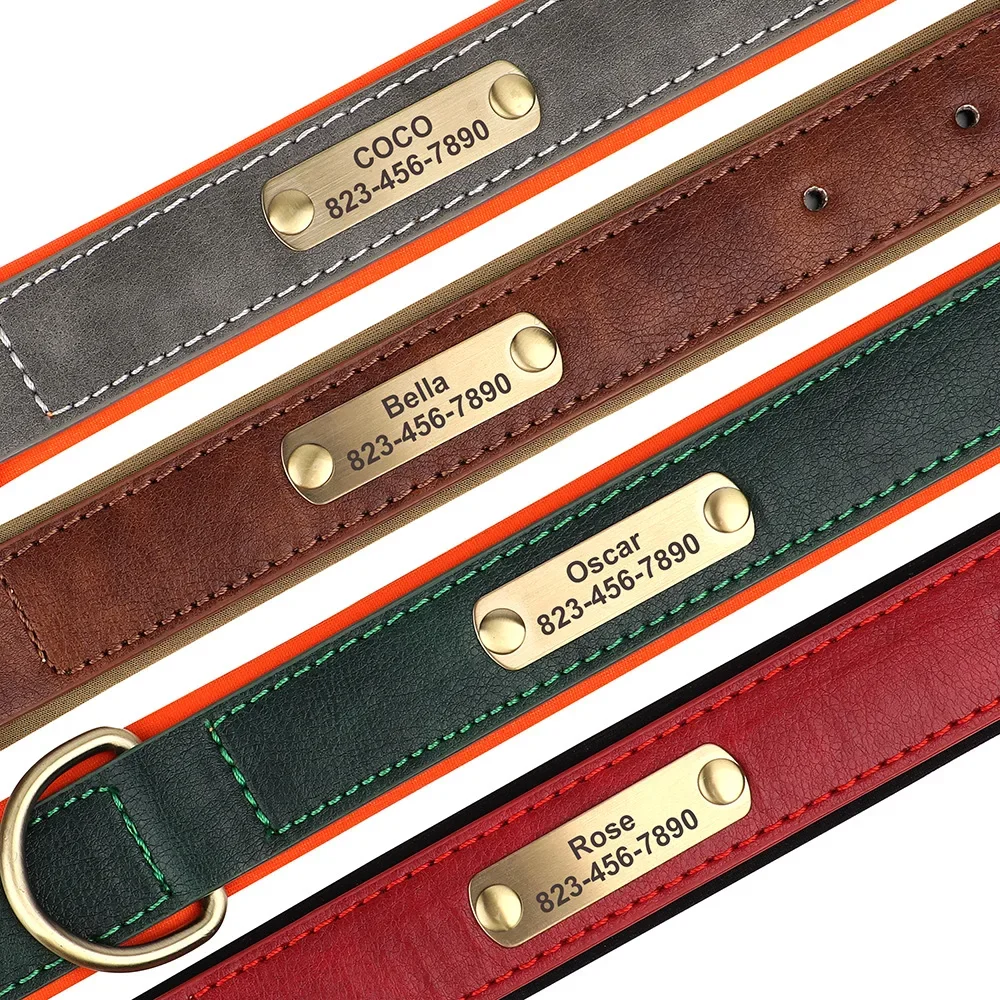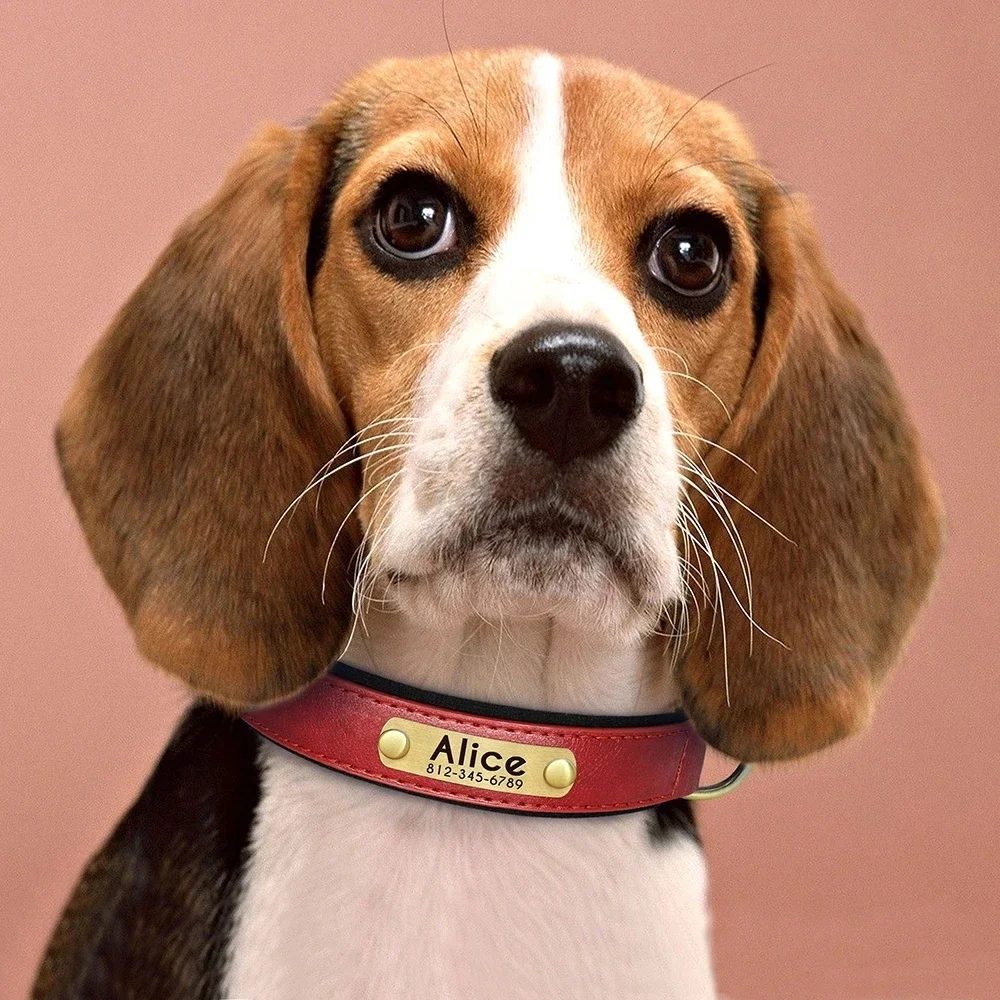Introduction
Choosing the correct collar size for your dog is crucial for their comfort and safety. An ill-fitting collar can lead to problems such as skin irritation, hair loss, and in serious cases, choking. Knowing how to measure dog collar can ensure that your furry friend is comfortable throughout their daily activities whether they’re resting at home or out for a walk.

In this blog, we will guide you through the necessary tools you’ll need and the steps to accurately measure your dog’s neck. We will also provide tips on what to do if you encounter in-between sizes and the considerations you need to make for growing dogs or those fluctuating in weight. Additionally, we will touch on the factors you should consider when choosing a collar, like material and safety features, to ensure you make the best choice for your pet’s needs. Whether you’re a new dog owner or just looking to replace an old collar, follow these guidelines to ensure a perfect fit every time.
Tools Needed for Measuring Dog Collar
To ensure an accurate measurement of your dog’s collar, you need the right tools. Here are a few simple yet effective tools you can use:
Using a Sewing Tape
A sewing tape is ideal for measuring your dog’s neck. It’s flexible and can easily wrap around the neck, giving a precise measurement.
Using a String and Ruler
If you don’t have a sewing tape, use a string. Wrap it around your dog’s neck, mark the meeting point, then measure the string length using a ruler.
Using the Dog’s Current Collar
Another method is to use your dog’s current collar. Lay it flat and measure from the buckle to the hole in use. This provides a quick reference for the new collar size.
Steps to Measure Your Dog’s Neck
Measuring your dog’s neck correctly is a simple process, but it does require attention to detail to ensure the collar fits well. Follow the steps outlined below to achieve an accurate measurement for your dog’s comfort and safety.
Position and Tips for Accuracy
Start by having your dog stand up straight. Make sure they are calm and looking forward. This position helps in getting a consistent and true measurement of the neck. Next, place the sewing tape or string around the thickest part of your dog’s neck, usually near the shoulders. Do not pull the tape too tight; it should be snug but not constricting. Ensure that you can slip one finger between the tape and your dog’s neck to allow for comfort. Accuracy is key, so double-check your measurement to be certain.
Adjustments for Proper Fit
After measuring, consider adding one to two inches to the neck size for a proper fit, depending on the collar type. For example, a 16-inch neck measurement may require a 17 or 18-inch collar for comfort and a little room for movement. Always refer to the manufacturer’s sizing guide, as adjustment increments can vary depending on the collar design. Remember, a well-fit collar will neither be too loose to slip over the dog’s head nor too tight to cause discomfort or restrict breathing. The one-finger rule between collar and neck remains an excellent guideline for ensuring a proper fit.
Choosing the Right Collar Size
After you measure your dog’s neck, choosing the right collar size is the next step. Here is how you can make the right choice:

Understanding Collar Size Ranges
Most dog collars list a size range. They fit necks from the smallest to the largest size mentioned. Ensure the measured size of your dog’s neck is within this range. It should not be at the extreme ends. This gives you room for adjustments.
Deciding Between Sizes for Full-Grown Dogs
If your full-grown dog’s neck measurement falls between two sizes, choose the smaller size. This avoids excess collar length hanging loosely. If your dog is still growing, opt for the larger size to accommodate growth.
Considerations for Growing Dogs
For puppies or dogs that are still growing, always lean towards a size that offers room to grow. Check the collar periodically. You may need to adjust or replace it as your dog grows.
Special Situations
When measuring your dog’s collar, there may be some unique circumstances you’ll need to consider. These can affect the choice of size, and ensuring a good fit is just as crucial in these cases as in more straightforward ones.
Adjustments for Weight Fluctuations or Fur Density
Dogs can experience changes in their weight or fur density. These changes might be due to different seasons, health conditions, or natural growth phases. If your dog tends to gain weight in the winter, you might need a larger collar size during those months. Conversely, after a summer trim, your dog’s neck may seem slimmer, calling for tightening the collar. Always check the fit periodically to account for these fluctuations.
If you have a breed with particularly dense fur, measure their neck after a grooming session when their fur is at its thinnest. This ensures the collar still fits comfortably when their fur grows out, without becoming too tight.
Handling In-between Sizes
Encountering a measurement that falls between sizes can be a common issue. If your dog is fully grown and falls between sizes, opt for the smaller size to prevent excess material. However, for a growing puppy, choose the larger size to allow some room for growth. Always aim for a size where your measurement is near the middle of the size range. This provides you the most flexibility for adjustments in either direction. Remember to frequently reassess the fit, especially for growing dogs, to prevent any discomfort or potential hazards.
Factors Influencing Collar Choice
Choosing the right collar involves more than just size. The right material and safety features are also key.
Material and Comfort
Different materials suit different needs. Nylon is durable and easy to clean, making it a great option for active dogs. Leather, on the other hand, is strong and can offer a classic look, but requires more care to maintain.
For comfort, make sure the collar is not chafing or irritating your dog’s neck. It should fit snugly, but not so tight that it impacts your dog’s ability to breathe or move freely.

Safety Features
Safety features are important, especially if your dog spends a lot of time outdoors. Reflective material or built-in lights can make your dog more visible at night. Quick-release buckles can prevent injury if your dog’s collar gets caught on something.
Remember to keep tags with your contact information attached to the collar. It’s a simple safety feature but can make a big difference if your dog ever gets lost.
Conclusion
Wrapping up, measuring your dog’s collar size correctly is essential for their comfort and safety. It’s not a complex process, yet attention to detail is crucial. Whether you choose to use a sewing tape, a string and ruler, or the current collar method, ensure accuracy for a good fit. Remember to adjust for proper fit by adding an inch or two based on the collar type.
When selecting the right collar size, consider your dog’s growth and any weight or fur changes. If in-between sizes, go smaller for full-grown dogs and larger for those still growing. Regular checks will help maintain a comfortable fit over time. Choose materials that suit your dog’s activity level and ensure the collar has safety features like reflective elements or quick-release buckles.
By following these guidelines and keeping your dog’s comfort in mind, you’ll find the perfect collar that’s practical, comfortable, and safe for all their activities. Don’t forget to reassess the fit as needed and update ID tags, securing your peace of mind while your furry friend explores the world. Happy tail-wagging!
